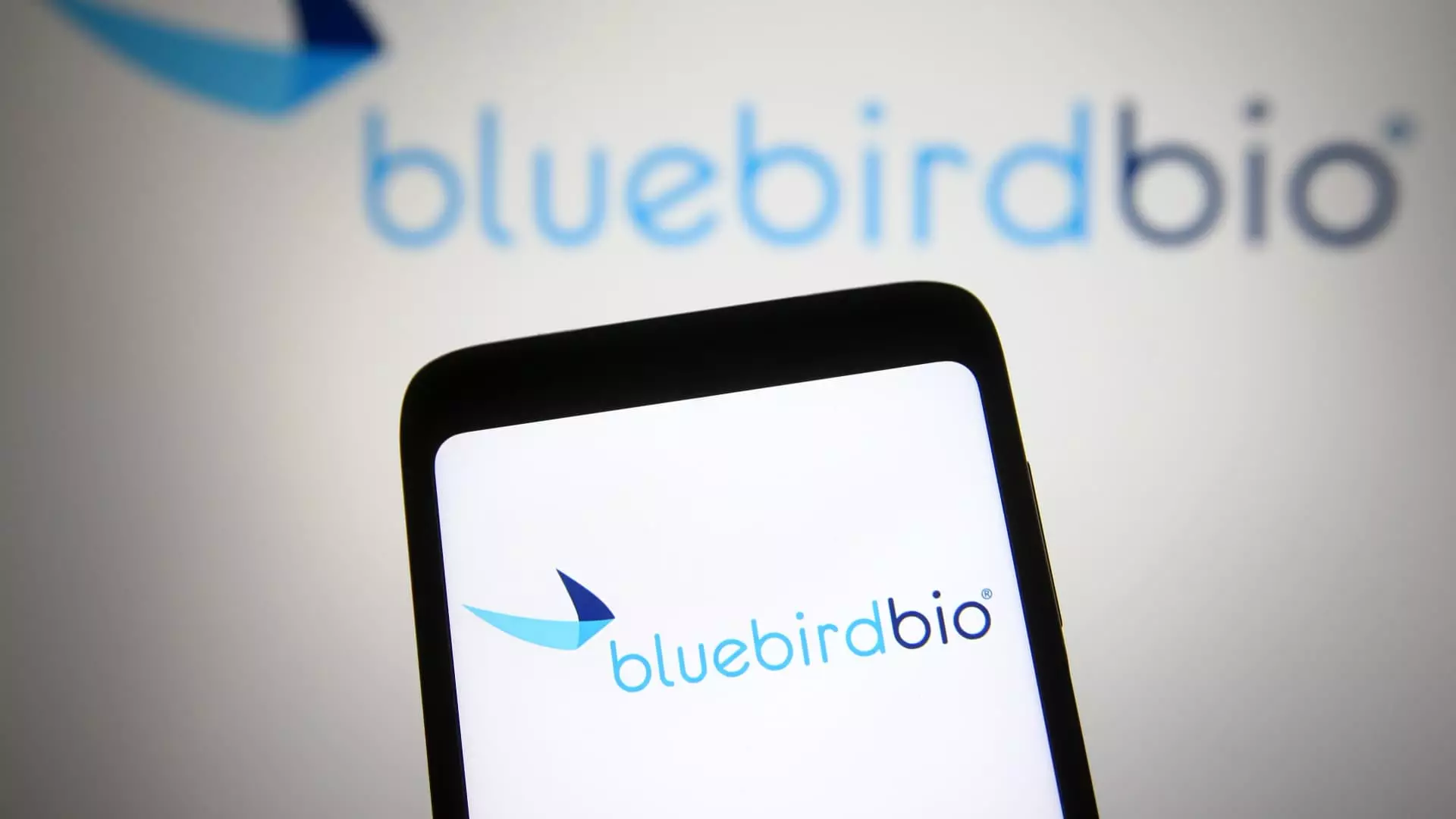As the biotech landscape continues to evolve, the recent announcement of Bluebird Bio’s sale to private equity firms Carlyle and SK Capital for a mere $30 million serves as a poignant reminder of the volatile nature of the industry. Once considered a leading innovator in gene therapies, Bluebird has devolved into a cautionary tale, highlighting the challenges and pitfalls that can arise even for companies with seemingly groundbreaking technologies.
Bluebird Bio’s decline can be traced back to a series of setbacks that began to unravel its potential earlier in its timeline. At its peak, the company boasted a market capitalization nearing $9 billion, fueled by investor enthusiasm about its pioneering treatments for genetic disorders. However, a critical turning point occurred in 2018, when an alarming report emerged indicating that a patient treated with Bluebird’s gene therapy for sickle-cell disease developed cancer. Although the company concluded that its treatment did not cause the condition, this revelation raised serious concerns regarding the safety of its DNA-altering therapies. Such setbacks not only undermined investor confidence but also cast a long shadow over the efficacy and reliability of its groundbreaking innovations.
The financial strain on Bluebird became increasingly evident in subsequent years. With annual expenditures soaring into the hundreds of millions, the company found itself ensnared in a cycle of deficit that was exacerbated by setbacks like the withdrawal of its treatment, Zynteglo, from the European market. Initially priced at a staggering $1.8 million per patient as a therapy for beta thalassemia, the treatment’s failure to gain acceptance among European payers led to significant income loss. Bluebird’s pivot to focus on the U.S. market in hopes of gaining approval for its therapies, including Zynteglo, Lyfgenia for sickle cell disease, and Skysona for cerebral adrenoleukodystrophy, did not yield the financial revitalization the company desperately sought.
Shareholder Disappointment and Market Response
The announced sale price of $3 per share is a stark contrast to the company’s previous valuations; shares had plummeted 40% following the announcement. Despite the possibility of additional incentives tied to future sales—an extra $6.84 per share if certain sales milestones are achieved—this still paints a grim picture for shareholders who once held hopes for substantial returns on their investments. The situation reflects not only a failed business strategy but also a market deeply skeptical about the feasibility of one-time genetic therapies, as evidenced by the struggles faced by other companies in the space.
The plight of Bluebird Bio raises broader concerns about the viability of gene therapy as a sustainable business model. The current landscape is marked by slow adoption rates and diminishing demand, as evidenced by the struggles faced by competitors like Vertex and Pfizer. For instance, Vertex’s attempts to launch a competing gene therapy for sickle cell disease have faltered, and Pfizer’s recent withdrawal from the hemophilia gene therapy market underscores the tenuous nature of this burgeoning field.
Moreover, the industry must grapple with ethical questions surrounding pricing structures and the accessibility of these complex treatments. As the cost of gene therapies skyrockets, the expectation of transformative impact must be balanced against economic realities that dictate whether patients can actually access these innovations. The situation is even more pressing as companies like Bluebird, with their promising products, are unable to stabilize financially despite delivering favorable outcomes for patients.
As Bluebird Bio embarks on this new chapter under private equity management, industry observers will be eager to see whether the company can realign its strategies to secure a more prosperous future. The challenges highlighted by Bluebird’s experience position the company as a sobering case study for others navigating the complexities of biotechnology innovation. For future biotech ventures, understanding the delicate balance between groundbreaking science and market viability will be paramount in avoiding a similar fate and ultimately ensuring that the promise of new treatments translates into meaningful patient outcomes. The future remains uncertain, but the lessons from Bluebird’s journey will undoubtedly resonate throughout the industry for years to come.


Leave a Reply